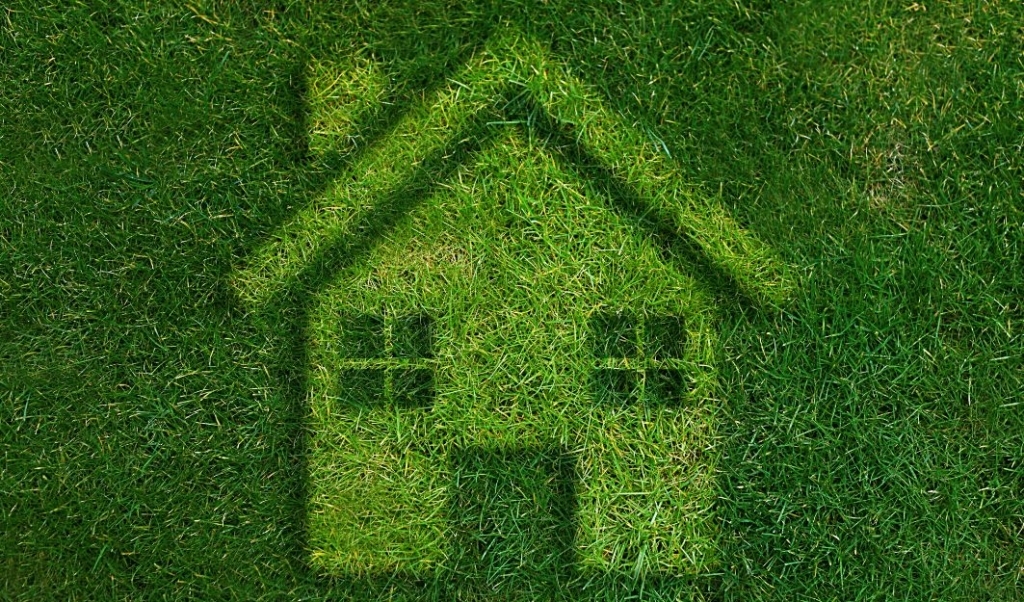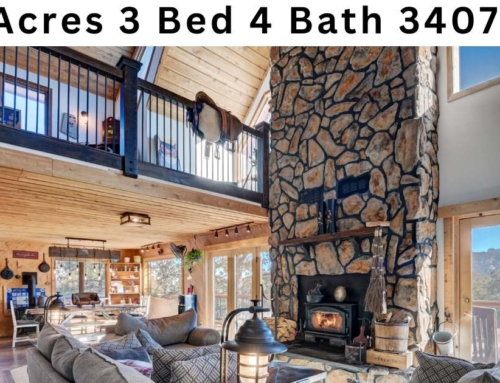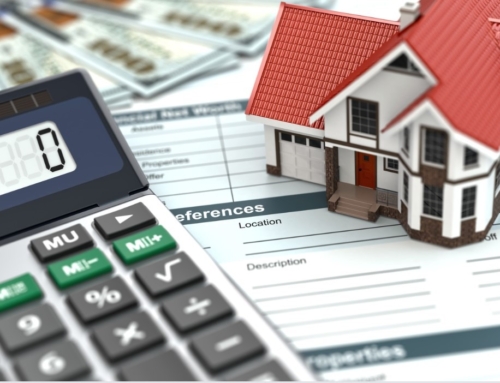The Features of a Green Home: A Comprehensive Guide
In an era where sustainability and environmental responsibility are more important than ever, green homes are rapidly gaining popularity. These eco-friendly dwellings are designed with both the health of the environment and the wellbeing of the inhabitants in mind. But what exactly makes a home “green”? This article will delve into the key features that define a green home.
Energy Efficiency
Harnessing Renewable Energy
One of the most defining features of a green home is its ability to harness renewable energy. This is often achieved through the installation of solar panels or wind turbines, allowing the home to generate its own electricity. By relying on renewable energy sources, green homes can significantly reduce their carbon footprint.
High-Efficiency Appliances
Green homes typically feature high-efficiency appliances, including Energy Star-rated refrigerators, washing machines, and dishwashers. These appliances use less electricity and water than their conventional counterparts, contributing to the overall energy efficiency of the home.
Superior Insulation
Proper insulation is another crucial aspect of energy efficiency in green homes. High-quality insulation reduces the need for artificial heating and cooling, maintaining a comfortable indoor temperature throughout the year while conserving energy.
Water Conservation
Rainwater Harvesting
Many green homes are equipped with rainwater harvesting systems. These systems collect and store rainwater, which can then be used for various purposes such as watering the garden or flushing toilets, thereby reducing the home’s reliance on municipal water supplies.
Low-Flow Fixtures
Low-flow fixtures, including faucets, showerheads, and toilets, are another common feature in green homes. These fixtures use significantly less water than traditional ones, helping to conserve this precious resource.
Sustainable Building Materials
Reclaimed and Recycled Materials
Green homes often utilize reclaimed or recycled materials in their construction. This could include everything from reclaimed wood for flooring to recycled metal for roofing. Using these materials helps to reduce the demand for new materials, thereby minimizing the environmental impact of the construction process.
Locally-Sourced Materials
Whenever possible, green homes use locally-sourced materials. This not only supports local businesses but also reduces the carbon emissions associated with transporting materials from far-off locations.
Indoor Air Quality
Non-Toxic Materials
Green homes prioritize the health of their inhabitants by using non-toxic building materials. This includes paints, adhesives, and finishes that are free from volatile organic compounds (VOCs), which can have adverse health effects.
Ventilation Systems
Proper ventilation is crucial in maintaining good indoor air quality. Many green homes feature advanced ventilation systems that filter and circulate air, reducing the concentration of pollutants inside the home.
Sustainable Homes
Green homes represent the future of sustainable living. With their focus on energy efficiency, water conservation, sustainable building materials, and indoor air quality, these homes offer a way to live comfortably and luxuriously while minimizing our impact on the environment. As more people become aware of the importance of sustainability, the demand for green homes is set to increase, making them a wise investment for the future.










Leave A Comment
You must be logged in to post a comment.